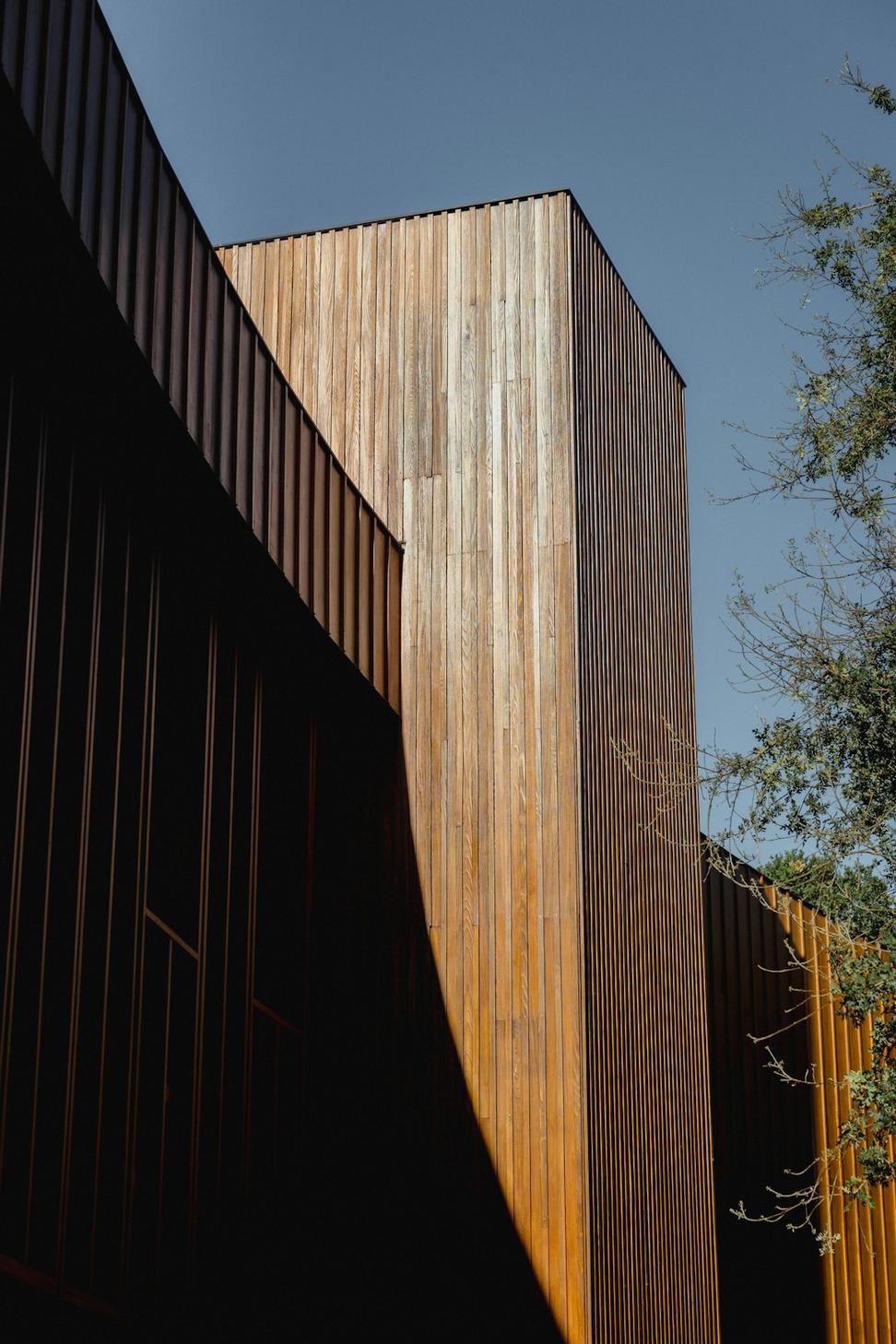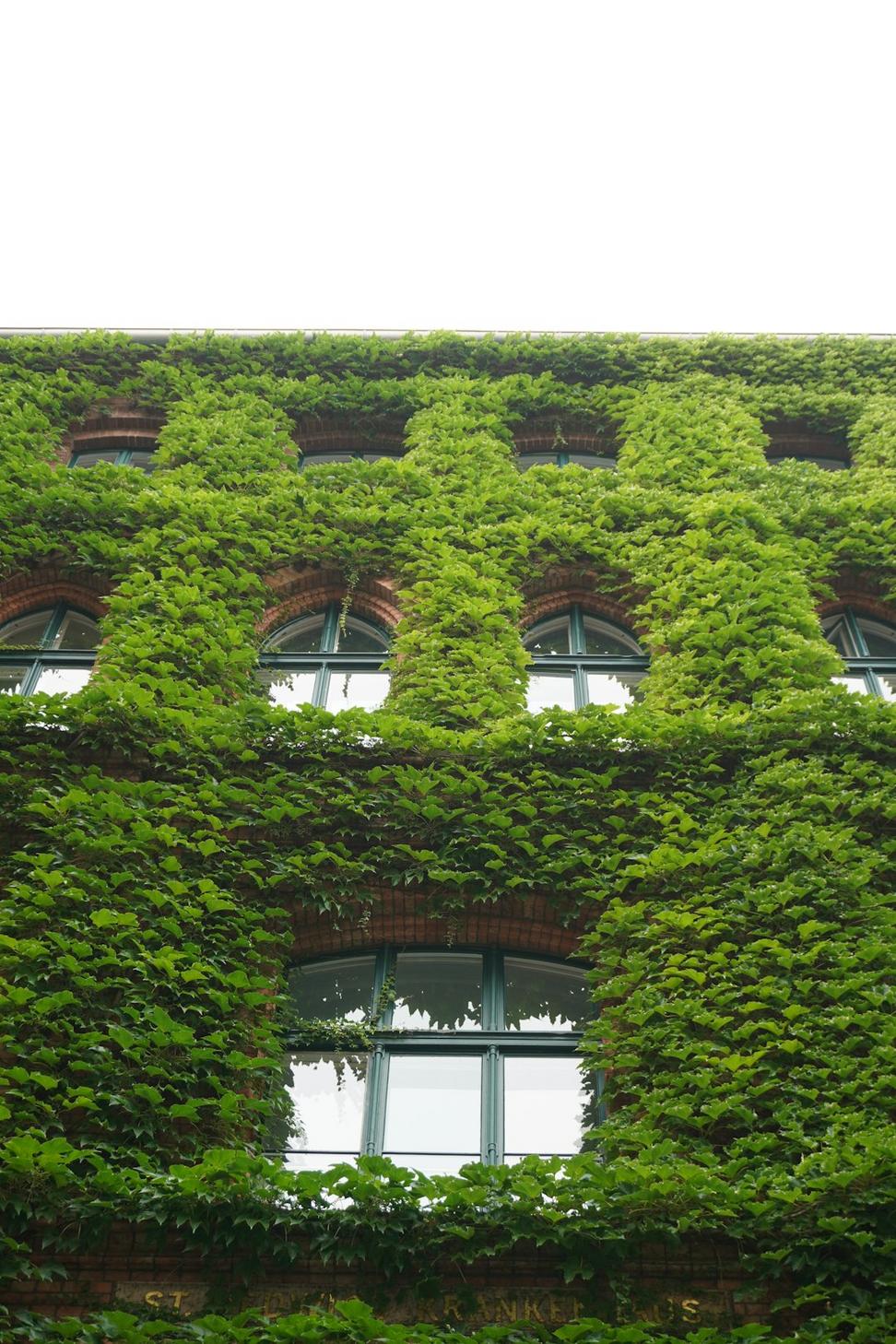Our Green Commitment
Look, we're not gonna pretend every building can save the planet overnight. But after 15 years of watching construction waste pile up and energy bills go through the roof, we decided to actually do something about it. Here's what we've learned.

